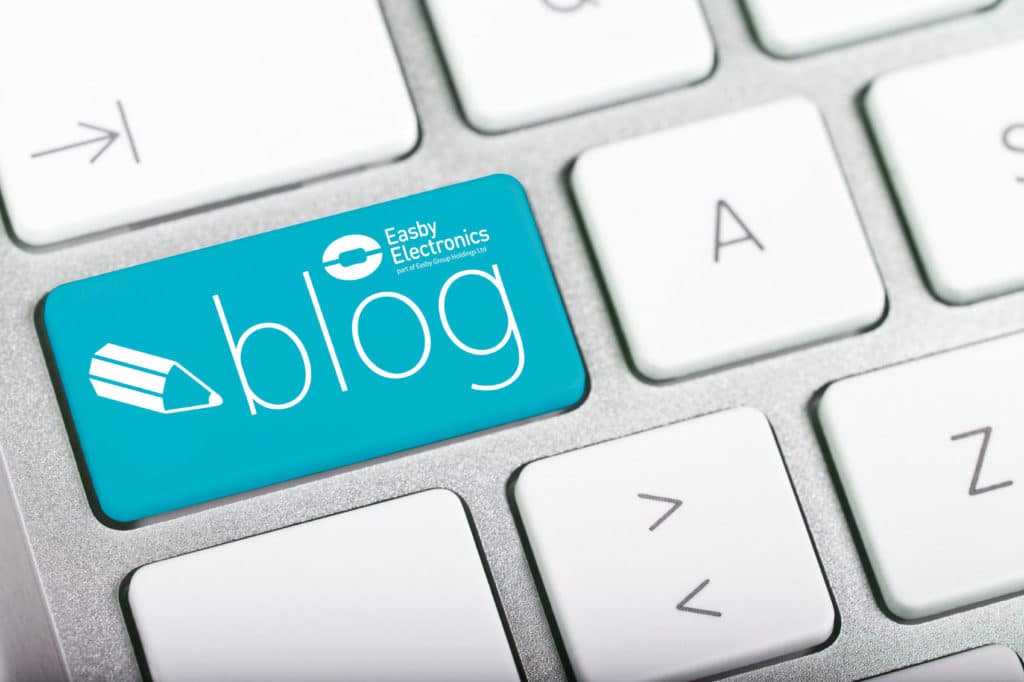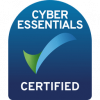A Guide to Terminal Block Types
- ,
- , Latest News

A Guide to Terminal Block Types
What is a terminal block?
A terminal block or terminal connector is a connector that terminates a single wire and connects it to another circuit. Terminal blocks consist of a clamping component and a conducting strip, housed within a modular block made from an insulating material such as plastic, that has a mounting arrangement so that it can be mounted on a DIN rail or printed circuit board.
Terminal blocks can be single, dual, or three-level, with the multiple levels allowing multiple connections to be made whilst saving space by not using additional blocks. Terminal blocks keep the connections inside secure and organised but still allow individual wires to be easily removed and inspected or replaced.
Terminal block types
As mentioned above, one of the key components of the terminal block is the clamp, but there are a few different types available:
Screw
The most common type of terminal block connection is the screw clamp. In this type of terminal block, the wire is securely connected to the conducting strip by pressing it between the strip and a screw which can be tightened from above. This type of connection is very strong but over-tightening can damage the wire. Screw clamp terminal blocks are often used in domestic settings where the current demands are not too high.
Spring and push-in
Another type of terminal block connection is the spring clamp. In these blocks, the wire is held in place by a spring-pressure clamp, although many push-in terminal blocks will require the wire to be strengthened first by use of a ferrule. The clamp is opened via a button or by inserting a screwdriver, the wire is inserted and then the spring is released, holding the wire in place. These connections are very reliable but are usually used for small wires.
Barrier
In barrier terminals, a spade or ring terminal is attached to the wire which is then attached to the terminal by a nut and bolt. These types of terminal are best used where there are concerns about the wire loosening due to vibration, as the nut and bolt keep the connection secure. Barrier terminals usually have multiple termination points for multiple cables, and barriers between these terminals. Barrier terminal blocks are typically used in high-voltage applications where short-circuiting or arcing is a potential problem.
Pluggable
The unique appeal of pluggable terminal blocks is that they have a male plug output that can be easily inserted into a socket. Pluggable terminal blocks are often used in applications where ‘hot-swapping’ is necessary, such as during an inspection or service. This type of terminal block typically uses a screw clamp method to hold the wire in place, but often with a small plate that provides a wider grip surface so that larger cables can be used.
Feed-through
Feed-through terminal blocks are used for wire-to-wire connections between two wires, with one input and one output contact on opposite sides. These can have multiple levels to house multiple connections. These types of terminal block can be used in through-wall applications.
Hopefully, you have found this guide to terminal blocks informative, and you know what type of terminal block is best for your application. You can browse our range of terminal blocks here.




